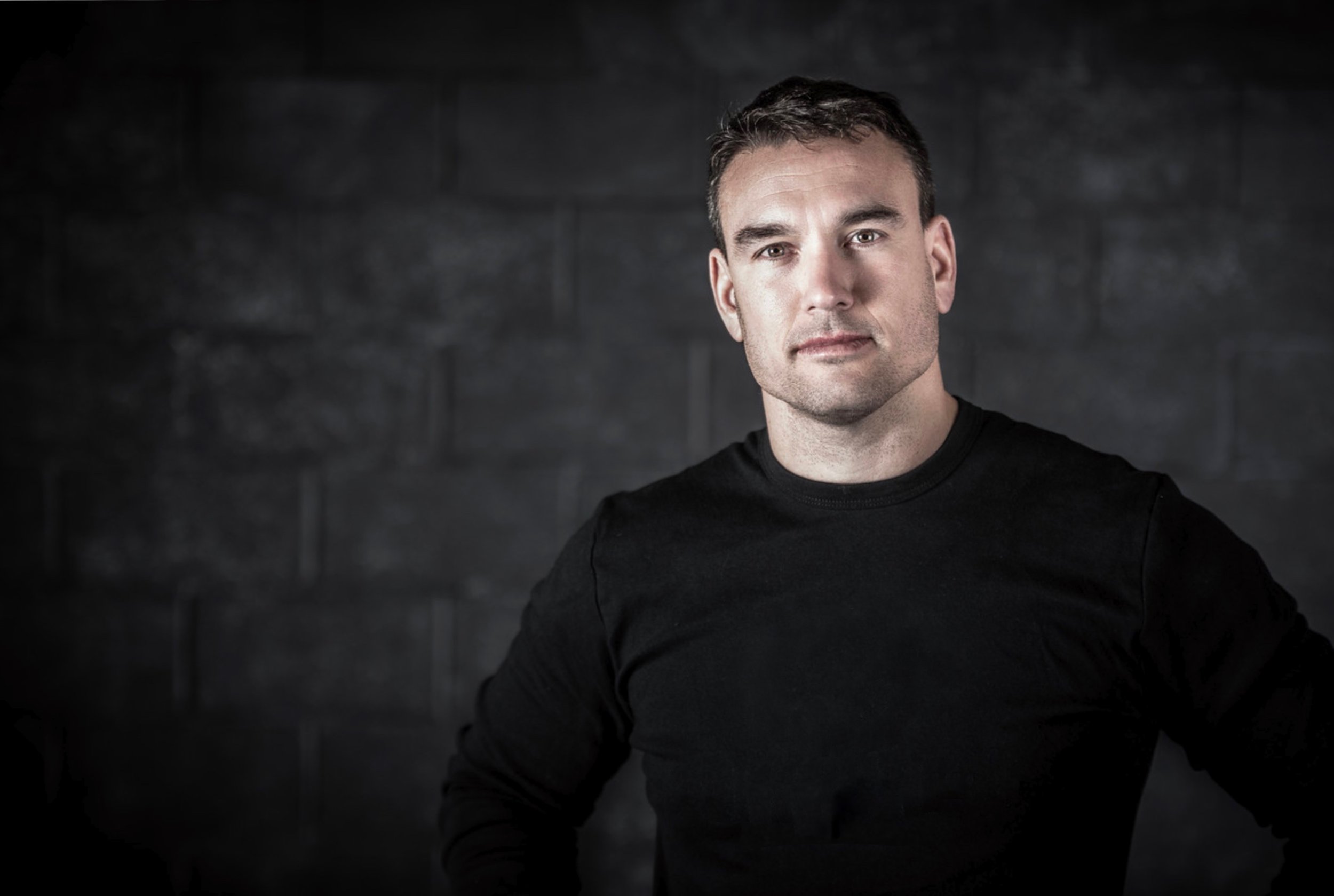I’ve been asked to share a few details about what happens exactly at a Creative Movement Live workshop.
So I thought I’d be all formal and list a few objectives of the class to give you a better idea of what takes place.
Objective:
To develop quality movement and to experience the joy that comes with it. Joy makes everything easier and easy is productive. Less friction equals more momentum, and more momentum equals better results.
To build rapport with yourself, your training partners and the client or athlete. Most of the games and drills we’ll explore are cooperative challenges and shared successes.
If we can get ourselves & our clients/artists/athletes minds out of the workplace and into their bodies and training session we’ve done a good job.
Each creative movement is specifically designed to establish rapport and enthusiasm while addressing the entire spectrum of athletic develop and human movement.
In this workshop you’ll learn and practice exercises from several traditions such as martial arts, gymnastic and old school physical culture.
You’ll also learn to adapt several training tools into your creative movement program such as medicine balls, ropes, bands and agility equipment. Many times we’ll be combining those tools as well.
Other Objectives:
Getting comfortable with the drills. How to coach them, what to encourage and what to avoid.
Where does it fit within the overall program? Creative movement training can be used very effectively in several locations during the training session, such as the warm-up, active recovery or part of an intense circuit. creative movement training is very versatile, for example, it also works very well as an initial ice-breaker with a first time client.
Explaining the benefits. Clients may not associate play with results. It’s best to approach this question in a hands-on manner while demonstrating some drills that focus on the clients wants and needs. For example, there are many play-based drills that directly train the “core.” It’s hard to deny a training effect after a few moments.
Working with the variables. The variables are endless, timing, tools, rhythms, stability, balance, laughter, joy, self- expression and creativity to name a few.
Hope to see you there: Creative Movement Live Brooklyn




